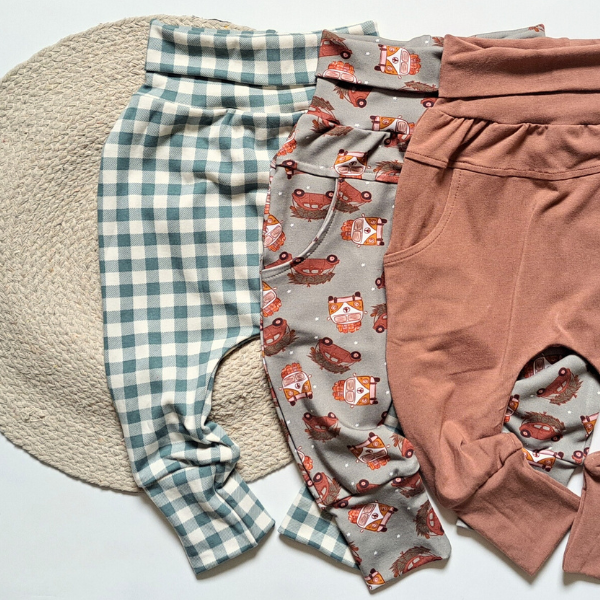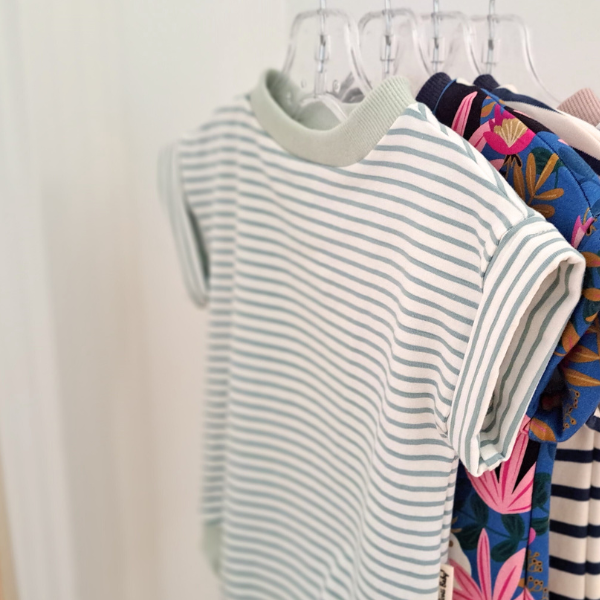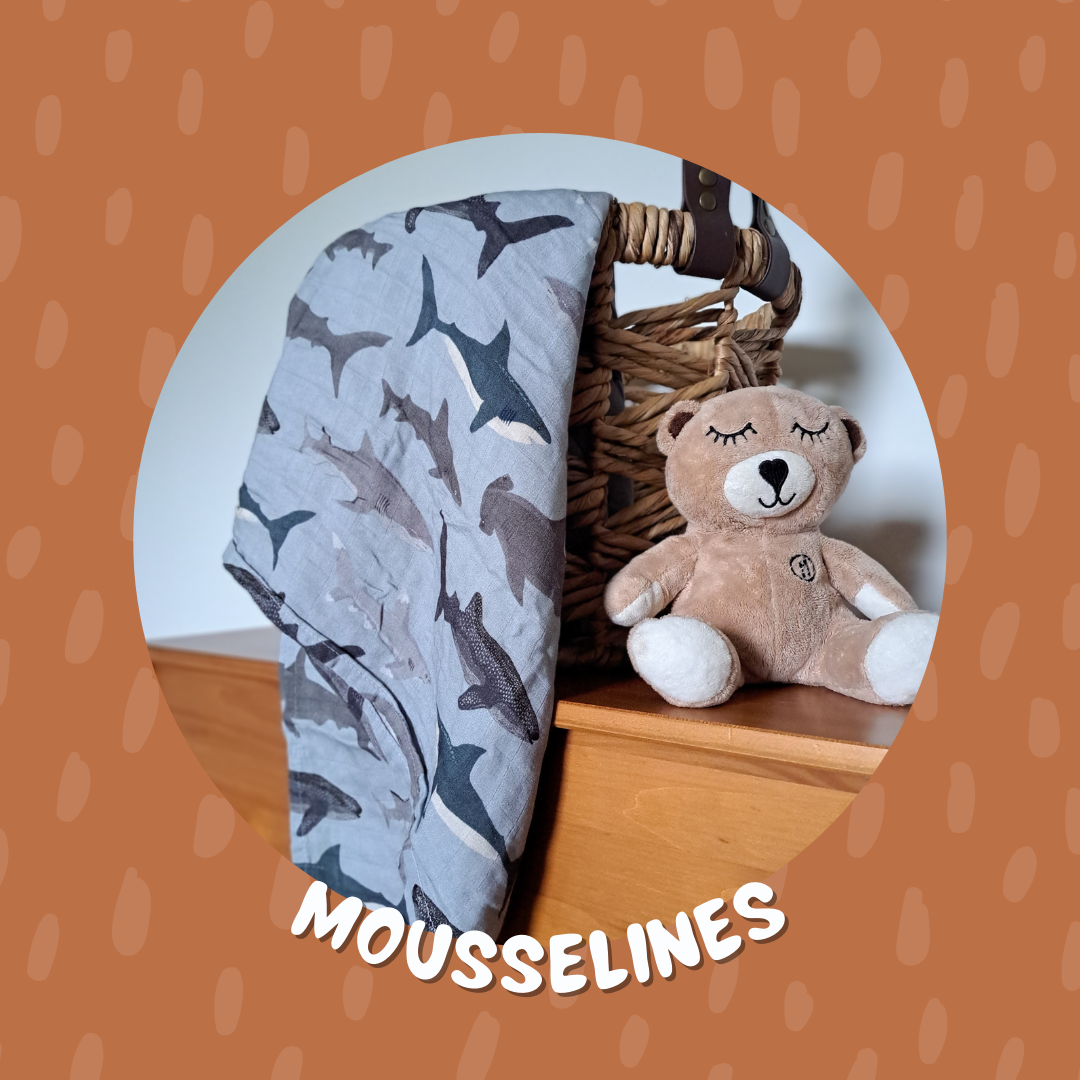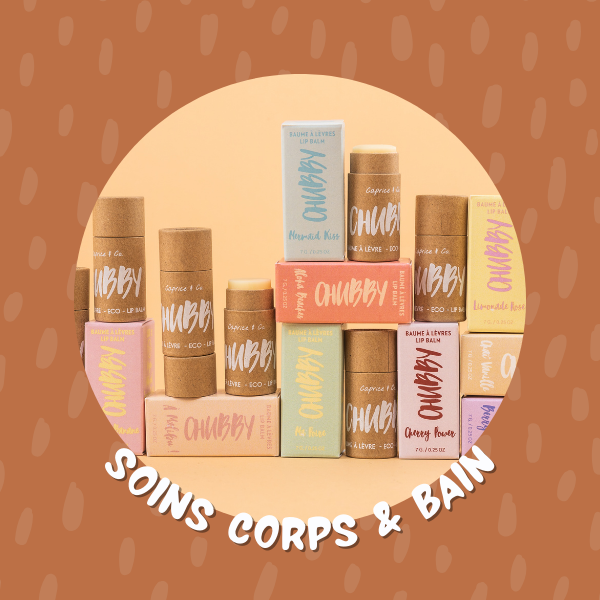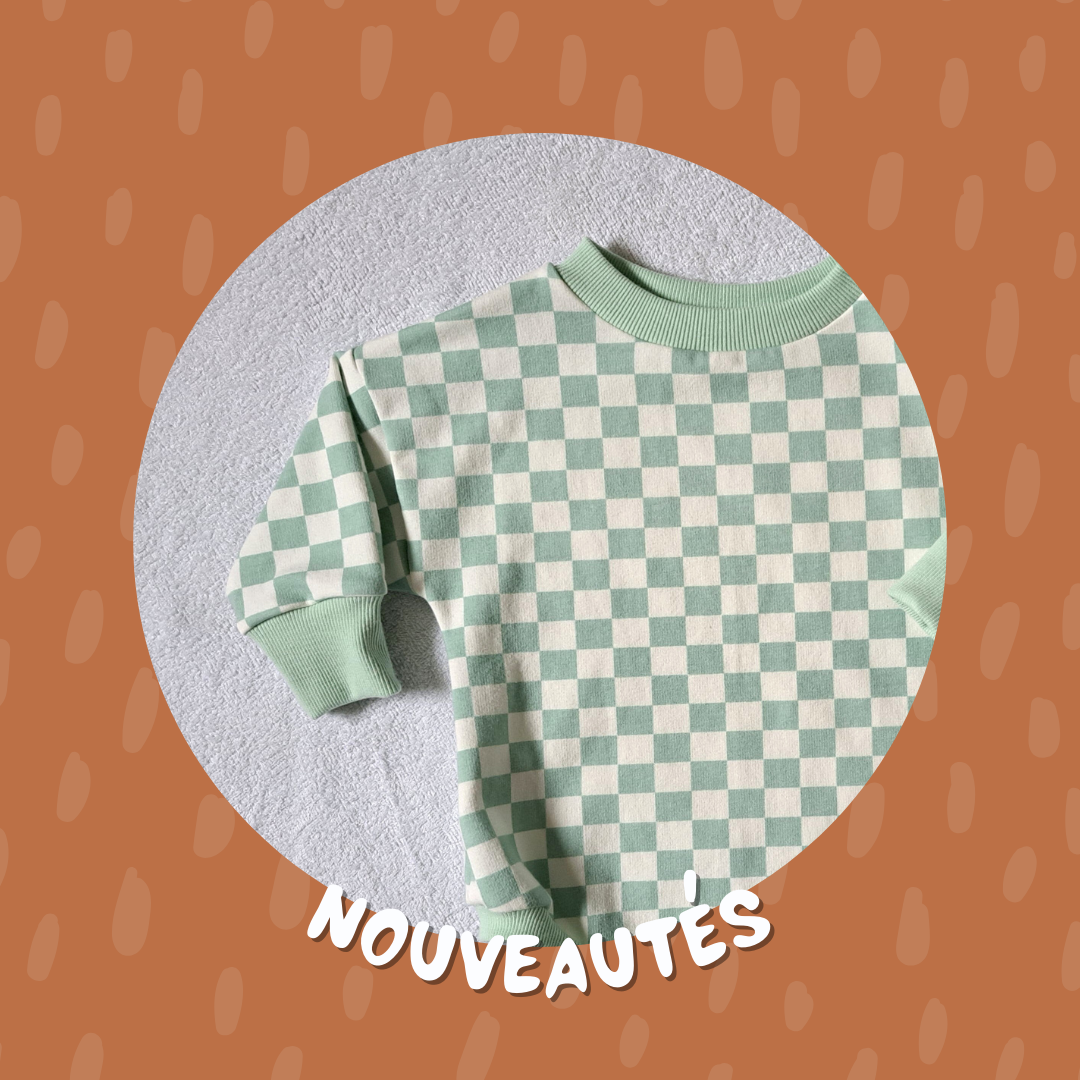Sensory Sensitivities to Textiles and Clothing: 10 Tips to Make Daily Life Easier
Sensory hypersensitivity can make some children particularly sensitive to the textures, seams, or labels of their clothing. According to the Ordre des ergothérapeutes du Québec and several publications on pediatric occupational therapy, these discomforts can affect concentration, mood, and daily well-being.
Textures, fabric types, seams, or labels on clothing can cause real discomfort. For parents, this can become a daily challenge. Fortunately, there are practical solutions to help children feel comfortable.
Here are 10 practical tips to help you choose the right clothes.
1. Favor fabrics from natural and soft sources
Organic cotton, bamboo rayon (OEKO-TEX certified), and lyocell (Tencel) breathe and reduce skin irritation. These fibers help limit excessive sweating, which is highly recommended for babies under 6 months old who have no control over their body temperature.
Avoid textiles made from mostly artificial materials like polyester, nylon, and synthetic wool. They don't breathe and they itch.
👉 Get more details on the fabrics selected by Ticoti Baby
2. Avoid thick seams
Hypersensitive children often react to repeated friction. Choose clothing with flat seams and topstitching.

3. Choose clothes that grow with you
Adjustable clothing accommodates growth and reduces pressure on the skin. This approach is recommended by many occupational therapists, who point out that tight clothing increases sensory discomfort.
As for the adjustable pants , the waist and ankle bands are foldable, removing the "too tight elastic" factor which can create discomfort during the day.
👉 Explore our range of adjustable pants
4. Ode to loose clothing
Loose-fitting clothing allows children to move freely without feeling pressure on their skin and restricting movement. It is especially beneficial for hypersensitive children who may feel constricted by tight clothing.
The Loose T-Shirt and Short-Sleeved Romper are really great for this! They're loose-fitting and breathable at the ends. Their wide sleeves provide maximum comfort for children to play outside and climb into play structures.
A good tip: A simple, soft T-shirt worn under a rough sweater can make all the difference. This strategy is often used in occupational therapy to reduce tactile discomfort.

5. The famous labels
Labels can cause itching and irritation. For clothing designers, labels help identify important information about a garment, such as its composition and care instructions. However, a hypersensitive child will want to have labels cut (or even unstitched!) to ensure maximum comfort.
Ticoti Baby clothing is tending to have fewer and fewer labels, especially around the neck, a very sensitive area. Labels should be as discreet as possible.
6. Do fabric tests
There's nothing better than experimenting! Before buying a new wardrobe, have them try on different types of fabrics. Observe their reactions and note which materials they find most comfortable.
Changing your entire wardrobe at once can be stressful.
7. Wash clothes before use
Always wash new clothes before wearing them. Not only does this soften the fabrics, but washing removes dirt and chemicals used during fabric processing.
Please note that the fabrics used in the store all have an initial wash. This helps to set the colors and also ensures that the garment will not shrink after production.
8. Use hypoallergenic detergents
Choose mild, hypoallergenic detergents for washing children's clothes, ideally even fragrance-free ones. Standard detergents can leave irritating residue on fabrics.
9. Establish a routine
A well-established routine can help reduce anxiety about putting on clothes. Try to make dressing time pleasant and predictable for your child by choosing quiet times and giving them a choice of clothing. Avoid any stimulation, such as pausing the television. This will help your child focus on the task at hand.
You can try to make it fun by creating a game around it, it will be much more enjoyable for him.
10. Encourage autonomy
Give your child the opportunity to choose and try on their own clothes. This can help them feel more in control and identify what feels comfortable. Offering options like grow-with-me or loose-fitting clothes can give them more flexibility in their choices.
Between you and me, if he wants the Bluey or Spiderman t-shirt, let him choose.
--
The tips are there, and it's possible to see clearly through all of this. It's not a behavioral problem or a tantrum, but a genuine feeling for the child. The important thing is to prioritize comfort above all else and respect your child's choices.
Some references to help you if needed:
-
CHU Ste-Justine. My child tames his senses
- Born and Growing Up. Do you know about sensory hypersensitivity?


